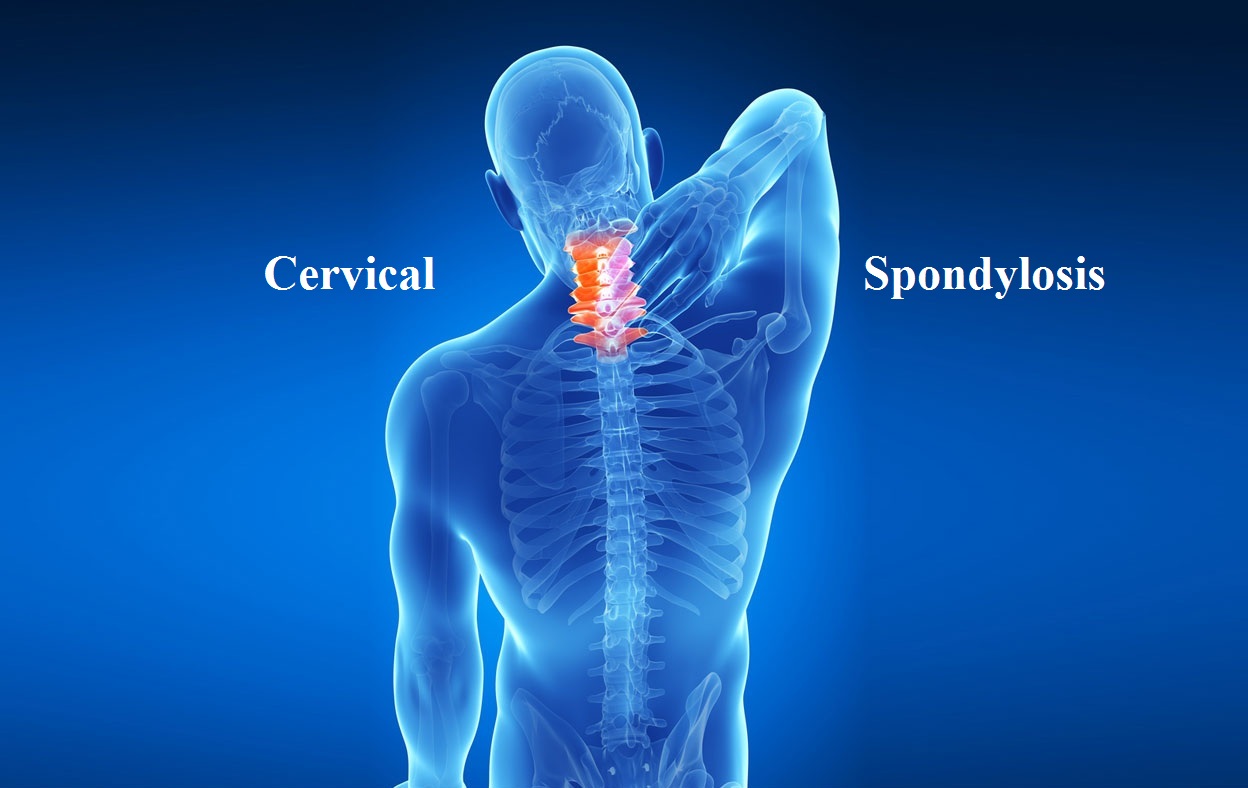
23 Mar 2020 HYN Himalayan Yoga Academy
Himalayan Yoga presents an insightful article on Yoga for Cervical Spondylosis.’ Cervical spondylosis is a common degenerative condition of the cervical spine. It is a condition involving changes to the bones, discs, and joints of the neck. It is most likely caused by age-related changes in the inter-vertebral disks. The changes are caused by the normal wear- and-tear of aging. With age, the discs of the cervical spine gradually lose fluid, and become stiffer. These include neck and shoulder pain, sub-occipital pain and headache.
To a certain extent, we all develop a degree of degeneration in the vertebral discs as we become older. More than 80% of the people over the age of 60 are affected. As the ‘discs’ degenerate over the years, they become thinner. Sometimes the adjacent vertebrae develop small, rough areas of bone on their edges. The nearby muscles, ligaments, and nerves may become irritated by these degenerative changes, which can cause troublesome symptoms.
Cervical Spondylosis Causes
From chronic degeneration of the cervical spine, including the cushions between the neck vertebrae (cervical disks) and joints between the bones of the cervical spine.
A previous neck injury (which may have occurred several years prior) can predispose to spondylosis, but the major risk factor is aging. By the age of 60, 70% of women and 85% of men show changes consistent with cervical spondylosis on x-ray
Cervical Spondylosis Symptoms
- Neck pain (may radiate to the arms or shoulder)
- Loss of sensation or abnormal sensations of the shoulders, arms, or rarely legs
- Weakness of the arms, rarely legs
- Neck stiffness that progressively worsens
- Lose of balance
Risk factors for Cervical Spondylosis
- Age: Cervical spondylosis is a normal wear-and-tear of aging. Spinal discs tend to dehydrate and shrink with age.
- Occupation: Certain jobs may place extra stress on your neck. This may include repetitive neck motions, wrong sitting postures, or a lot of overhead work.
- Neck injuries: previous neck injuries appear to increase the risk of cervical spondylosis.
- Genetic factors: Some families will have more of these changes over time, while other families will develop fewer.
Yogic management
- Neck and Spinal Exercises
The simple exercises of neck movements facilitate the practice of further range of Yogic techniques by loosening the joints and relaxing the muscles. These practices are backward, sideward (turning and bending) and twisting movements. - Sukshma Vyayama
Griva-sakyi-vikasaka (Strengthening the Neck) (1) (Exercise A&B)
Griva-sakti-vikasaka (Strenghtening the Neck) (2 & 3)
Skandha tatha bahu-mula-sakti-vikasaka (developing the strength of the Shoulder-Blades & Joints)
Purna-bhuja-sakti-vikasaka (Developing the Arms) - Yogasanas
Tadasana, Urdhwa Hastottanasana, kitchakrasana, Ardhachakrasana, konsana, Vajrasana, Ushtrasana, Vakrasana, Ardhamatsyendrasana, Marjari-asana, Gomukhasana, Uttanamandukasana, sarala Matsyasana, Gomukhasana, Uttanamandukasana, sarala Matshyana, Bhujangasana, Shalabhasana, Dhanur-asana, Makarasana, Shavasana. - Pranayama: Nadishuddhi, Suryabhedana and Bhramari.
- Dhyana (Meditation): Breath awareness, Om Chanting, Om meditation
- Special practice: Yoga Nidra/ Antarmouna.
